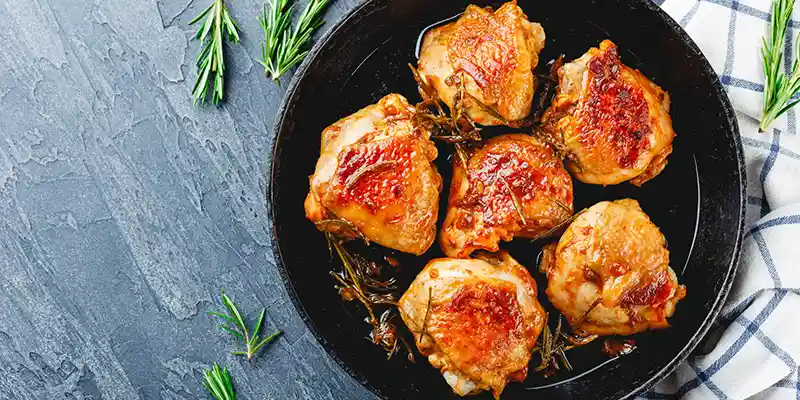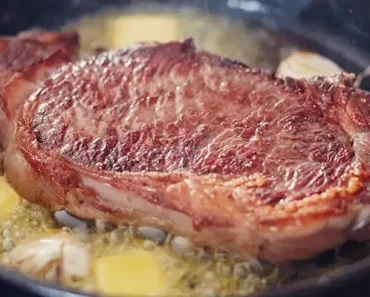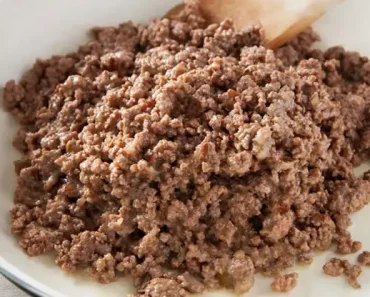Chicken thighs are an affordable, flavorful, and child-friendly protein option. Their versatility allows them to be prepared in a variety of cooking methods including baking, slow-cooking, grilling, stir-frying, or currying. When cooking bone-in, boneless, or frozen chicken thighs, proper cooking times must be followed to ensure food safety and optimal texture. Continue reading to find out how long to boil bone-in, boneless, or frozen chicken thighs.
What Are Chicken Thighs?
Chicken thighs anatomically comprise the section of the leg above the knee joint. This area is classified as “dark meat” due to its higher fat content and darker pigmentation compared to breast meat.
The leg and thigh muscles of the chicken are more active than the breast area. While this can result in tougher meat, the increased fat marbling of the thigh lends tenderness and moisture to the cooked meat rather than creating stringiness. Thus, chicken thighs can provide a juicy and supple texture when properly prepared.
How Long Does It Take to Cook Chicken Thighs?

1. Boneless
Cooking boneless chicken thighs too quickly can result in a rubbery texture. To avoid this, simmer the thighs gently rather than boiling rapidly. The ideal cooking time for boneless thighs at a light boil is 15 to 20 minutes.
2. Bone-in
Chicken thighs cooked on the bone are often more cost-effective and better retain moisture and flavor. Bone-in thighs should be gently simmered for 25 to 30 minutes.
3. Frozen Chicken
When using frozen chicken thighs, separate them prior to cooking rather than leaving them clumped together.
The USDA recommends doubling cook times for frozen poultry. Thus, bone-in frozen thighs should simmer for 45-55 minutes, while boneless frozen thighs require 30-35 minutes to cook through fully.
How Do You Know When Chicken Thighs Are Cooked?
Using a digital meat thermometer is recommended to reliably determine doneness of chicken thighs and provide cooking confidence.
Chicken is considered fully cooked when the internal temperature reaches 165°F (74°C). To accurately measure temperature, insert the thermometer probe into the thickest portion of the meat.
In addition to monitoring temperature, look for these visual signs of thoroughly cooked chicken:
● Clear juices: Cut into the chicken and juices should run clear without traces of pink.
● Opaque meat: The meat should appear opaque throughout rather than translucent or glossy. Bone-in chicken may retain some pinkness around bones due to marrow pigment.
● Expanded shape: Cooked chicken thighs and breasts will be larger in size versus the flatter, rounded shape of raw chicken.
Is There Any Way to Get Crispy Skin on Boiled Thighs?

For crispy skin, oven roasting or grilling are recommended cooking methods for chicken thighs. However, boiled thighs can also be finished under the broiler to crisp the skin. To do this, arrange boiled thighs on a baking sheet and brush with oil or butter. Additional seasonings, spices, or sauces like barbecue sauce can be applied as desired. Broil the chicken thighs while closely monitoring to crisp the skin without burning.
Factors that Affect How Long Chicken Legs Take to Boil
Because of the following factors, the time required to boil chicken legs may be reduced or increased.
1. The Hue of the Meat
The speed at which different types of meat cook varies, with lighter meats typically cooking faster than their darker counterparts. The shade of the meat is a direct result of its fat concentration and the density of the muscle fibers. The higher the fat content and the denser the meat, the darker it will appear, and conversely, the lighter the color, the less dense and fatty it is.
2. Types of the Cooking Pot
The type of pot used in boiling can greatly affect the cooking time. A shallow pot filled just enough to submerge the chicken legs will expedite the boiling process. Conversely, utilizing a large pot with excessive water significantly prolongs the entire procedure.
3. The Number of Chicken Legs
The number of chicken legs being cooked simultaneously impacts the cooking duration. A smaller batch will cook more swiftly than a larger batch.
4. Bone-in or Boneless Chicken Legs
Bone-in chicken legs take longer to boil than boneless ones. This extended duration can be attributed to the time required for the bone to heat sufficiently and for the surrounding meat to be thoroughly cooked.
5. The Size of the Chicken Leg
The dimension of the chicken leg plays a significant role in its cooking time. A larger chicken leg necessitates a longer cooking period as compared to a smaller one.
How Long Will Chicken Thighs Last In The Fridge?
Chicken thighs that have been cooked can be refrigerated for up to 5 days or frozen for up to 3 months for later consumption. When reheating previously cooked chicken thighs, it is advisable to first defrost them if frozen and then place them in a 350 degree Fahrenheit oven for 7 to 10 minutes to warm through. To prevent the reheated chicken thigh meat from drying out, drizzling it lightly with olive oil before warming can help maintain moisture. If using a microwave oven to reheat, covering the chicken thigh with a dampened paper towel and taking care not to overcook it will also help avert excessive dryness. Following these guidelines will allow for safe storage and effective reheating of cooked chicken thighs.
Nutritional Value of Chicken Thighs
Similar to chicken breasts, chicken thighs are a high-protein food. However, the darker meat of chicken thighs leads to a higher fat and calorie content compared to chicken breasts. Removing the skin from chicken thighs prior to or following cooking can reduce some of the fat content.
A 3-ounce portion of boneless, skinless chicken breast contains roughly 140 calories, 26 grams of protein, 3 grams of total fat, and 1 gram of saturated fat. The same 3-ounce serving of chicken thigh meat without skin equates to 152 calories, 21 grams of protein, 7 grams of total fat, and 2 grams of saturated fat.
Conclusion
Chicken legs require approximately 30 to 45 minutes of cooking time in order to be fully cooked and safe for consumption. The bones and muscles that comprise a chicken leg necessitate this duration of cooking prior to the meat being considered edible. To verify that the chicken leg is adequately cooked, insert a meat thermometer deep into the thickest section of the leg and confirm it has reached an internal temperature of 165 degrees Fahrenheit (74 degrees Celsius). Properly cooking chicken legs to this final internal temperature will help ensure they are fully cooked through and suitable to be eaten.



